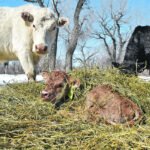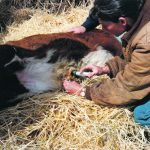Many calves that develop the disease didn’t get enough colostrum, but dirty environments can overwhelm their immunity
Calves can develop infection when bacteria or toxins enter the bloodstream, and some of those toxic bacteria gain entrance through the navel stump or the gastro-intestinal tract. Any blood-borne infection can become life-threatening if the bacteria or toxins damage vital organs. The infection may localize, create internal abscesses or settle in the joints, causing joint […] Read moreTag Archives Cattle Connect — page 6
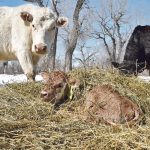
Scours still the No. 1 killer of newborn calves
Veterinarians say not all cases can be prevented, which makes early detection and treatment particularly important
Diarrhea is the number one killer of calves in their first weeks of life. Even with the best prevention strategies, some calves get sick if they don’t get enough colostrum or are severely stressed by bad weather that compromises their immune systems. Not all cases can be prevented so early detection and treatment are important. […] Read more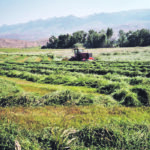
Rake-bunched hay a winter option
Raking windrows into numerous piles can keep cattle grazing longer but the piles must be big enough to find in the snow
Rake-bunched hay is one option to reduce winter cattle feed costs, which are generally the most expensive aspect of owning cattle. If cattle can graze longer and feed themselves in the field, they also tend to stay healthier, says David Bohnert, beef extension specialist with Oregon State University. Rake bunching involves raking windrows into numerous […] Read more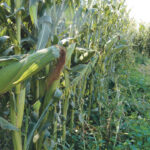
Intercropping study takes a look at corn
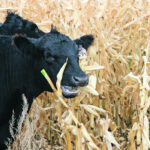
Making corn strip-grazing work
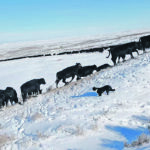
Instinctive migratory grazing makes a return
Learning how to manage cattle as a herd the way nature intended allows producers to more easily move their animals
Cattle evolved as herd animals, grazing together as they moved. Domestication and confinement disrupted herd dynamics and only recently have people learned how to best manage them in pasture. Rotational grazing was a start, followed by mob grazing. The latest but oldest management tool is instinctive migratory grazing. Bob Kinford of Van Horn, Texas, gives […] Read more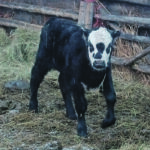
Winter calving brings frostbite risk
Warm water helps thaw feet, ears and tail if indoors but not if calf is still outdoors because moisture will further cool it
Winter calving brings risk of frostbite and frozen ears or tails and it is also a risk for older calves if there isn’t adequate shelter. Sick calves are even more vulnerable due to dehydration or poor circulation. Dr. Ted Clark, a retired veterinarian and pathologist, has seen many cases of severe frostbite in his career. […] Read more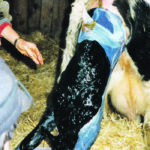
Hip-locked calves require careful pulling technique
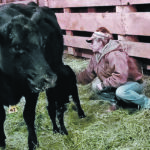
Hormones drive maternal bonding
Rising oxytocin levels trigger maternal behavior but a deficiency, particularly in first-time heifers, can cause problems
Most cows immediately care for and protect their newborn calves but some will be slow to mother, not by choice, but due to an imbalance or deficiency of hormones that trigger maternal behaviour. The bonding process of cow and calf is a complex blend of hormonal-induced and learned behaviour, the latter being the reason mature […] Read more